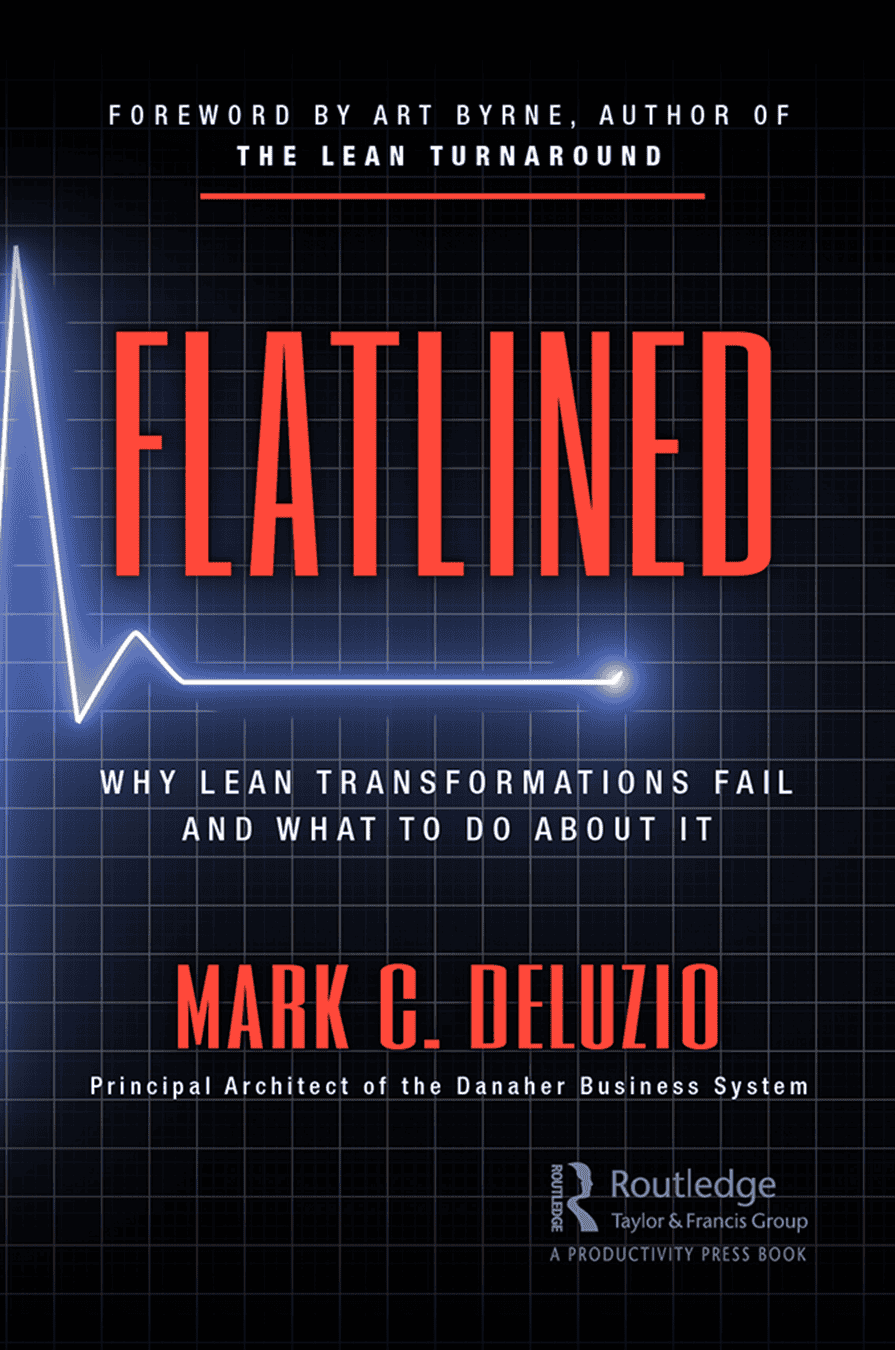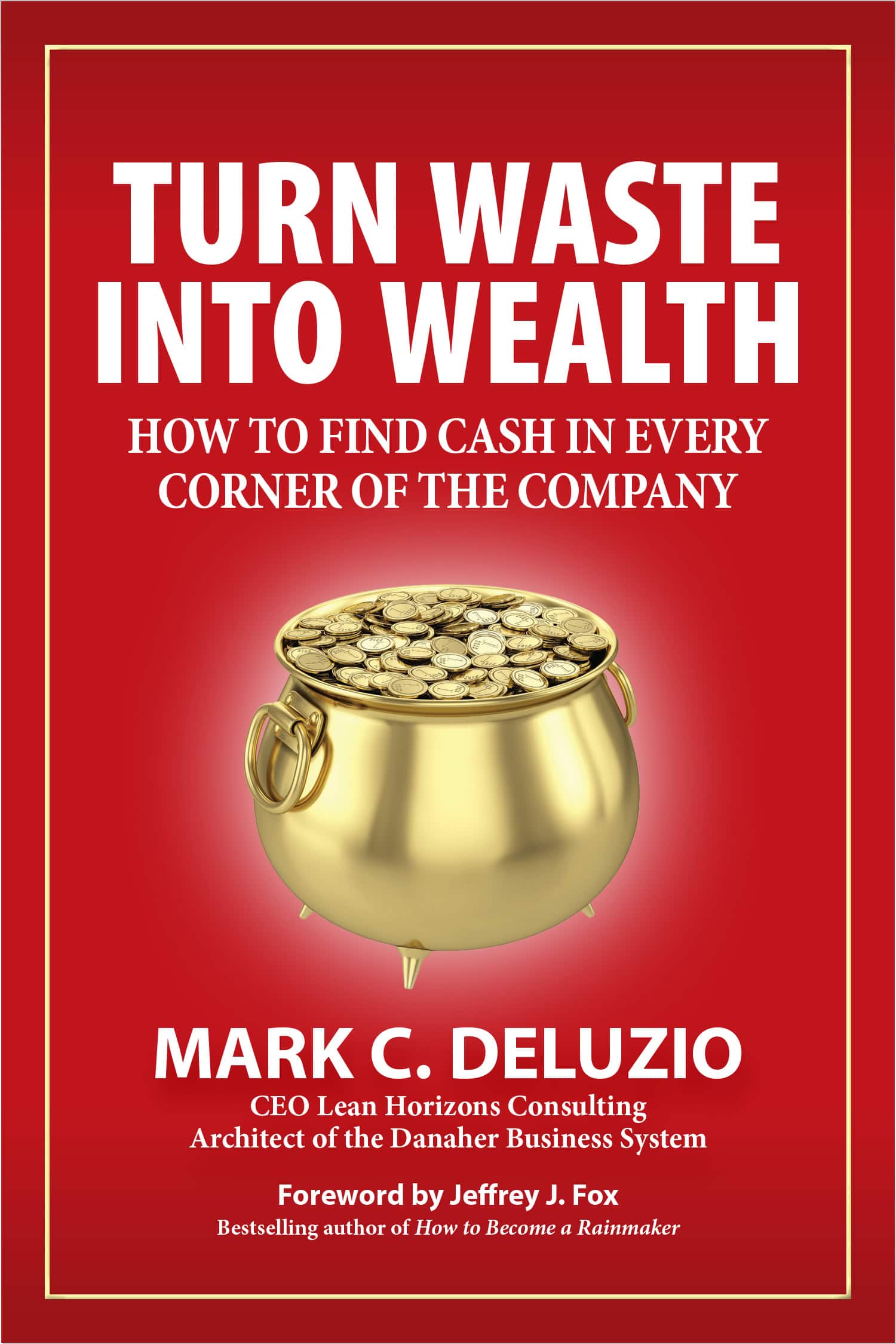When organizations talk about problem solving, they often assume everyone agrees on what a problem actually is in the context of Lean principles. That’s not always the case.
Effective Lean problem solving, then, begins with a simple but critical foundation: A clear definition of what a problem really is. And that definition starts with standards.
“A problem is a performance gap to a known standard.” — Jon Boucher
Without standards, what looks like a problem is often just a phenomenon, or something happening without being clearly defined or actionable. That’s because standards give you a lens to see and define problems consistently. They’re the baseline that exposes waste and gaps. Without them, problem solving efforts are shots in the dark.
Keep reading to explore why standards are essential to expose real problems, how problems almost always cross functional boundaries, and why your organizational structure must evolve to support effective problem-solving teams. We’ll also look at what a true value stream organization looks like — and how Lean problem solving and value stream organization go hand in hand.
The Real Purpose of Manufacturing Lines and Cells
In Lean thinking, the manufacturing line’s role isn’t just about producing products efficiently. It’s designed to highlight where things are going wrong, too.
So, understanding problem solving means understanding the purpose of your manufacturing lines or cells. Often, companies focus only on output, but the deeper purpose is to expose waste or problems so they can be addressed.
By operating within well-defined standards — TAKT time, standard lot sizes, lead times, and methods — lines reveal deviations that signal issues. These problems become visible and measurable only because standards act as a consistent point of comparison. Now exposed, the organization can begin to solve the problems. That’s why problem solving starts with standards, as they both pinpoint problems and also make them actionable.
The Cross-Functional Nature of Problems
The manufacturing line acts as the “canary in the coal mine,” but that doesn’t always mean the problems are originating from the line. In fact, once problems are revealed through standards, it becomes clear that they rarely belong to a single function or department.
So while a problem might first appear on the shop floor, its root causes often span multiple areas — purchasing, engineering, quality, and more. This cross-functional reality means problem solving can’t be confined to a single team or function.
The line exposes the symptom, but solving the problem often requires collaboration across the entire value stream. Without recognizing the interconnectedness of the system, organizations risk addressing only superficial symptoms rather than the deeper systemic problems.
Understanding that problems are inherently cross-functional lays the groundwork for building organizational structures and problem-solving teams that can navigate complexity and deliver lasting solutions.
Organizational Structure Must Match Problem-Solving Needs
The complexity and cross-functional nature of problems means organizations must thoughtfully design their structures to support effective problem solving. The number of people involved should reflect the scope and volume of problems that need attention — there’s no one-size-fits-all formula.
“The number of people required to help you problem-solve is in direct proportion to the number of problems you have to solve.” — Jon Boucher
Different value streams face different challenges, so their problem-solving teams must be tailored accordingly. As the Lean journey progresses and the nature of problems evolves, so too should the organizational structure. Static, siloed teams struggle to address complex, interconnected issues.
Instead, organizations need flexible, dynamic teams that can adapt in size and composition, pulling in expertise across functions to tackle the real root causes uncovered on the line and implement meaningful improvements.
True Value Stream Organization Unlocks Problem Solving
To effectively support these dynamic problem-solving teams, organizations must move beyond traditional functional silos and embrace a true value stream organization.
“A value stream is like a company within a company.” — Mark DeLuzio
Without clear authority and span of control over cross-functional resources, value stream leaders struggle to coordinate problem-solving efforts across departments. This fragmented structure slows response times and leads to piecemeal fixes rather than systemic solutions.
However, when organizations align their teams and resources around the value stream, problem solving becomes faster, more integrated, and better targeted to the root causes. This alignment is essential to unlocking the full potential of Lean problem solving and sustaining continuous improvement over time.
Building Cross-Functional Teams for Real-Time Problem Solving
To sum: True value stream organization clarifies responsibility and enables fast, effective action.
Once the structure is aligned, assembling the right team becomes the next step. Problem-solving teams must be cross-functional by design, bringing together expertise from across the value stream. No single person or department has full visibility into the problem, so collaboration is essential.
Operators contribute firsthand insight, while other roles provide the technical, process, and systemic understanding needed to identify and solve root causes. And because the most effective problem solving happens in real time, teams must be positioned close to the point of impact, ready to engage as soon as issues appear. Delayed response leads to stale data and lost opportunities.
Coming Full-Circle by Simplifying Complexity for Lean Problem Solving
Even with the right structure and team in place, complex problems can stall progress if not broken down effectively. Lean problem solving requires teams to dissect issues into manageable components — separating one large, tangled problem into smaller, clearly defined parts.
When teams define these subassemblies of a problem, they can focus efforts precisely where they matter most. This structured analysis allows cross-functional teams to collaborate efficiently, applying real-time problem solving rather than relying on outdated data or assumptions.
By continuously iterating on smaller pieces of the problem, organizations build confidence that root causes are truly addressed. This method not only accelerates improvement but also sustains Lean’s core promise: ongoing, systemic problem solving that drives lasting value.
Mastering Lean problem solving through value stream organization requires clear standards, adaptable team structures, and disciplined problem breakdown — all aligned to create real impact across the entire value stream.

